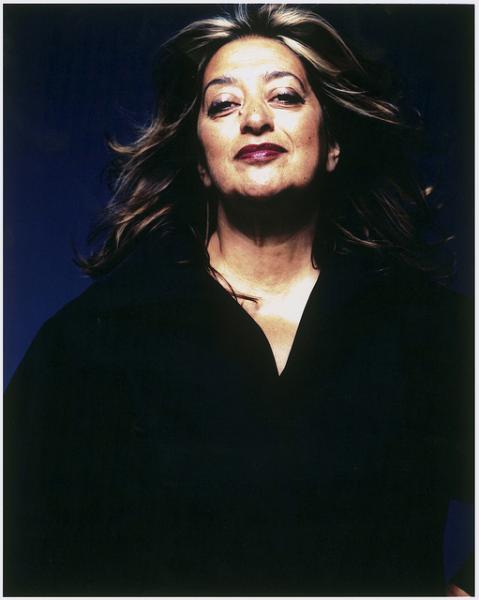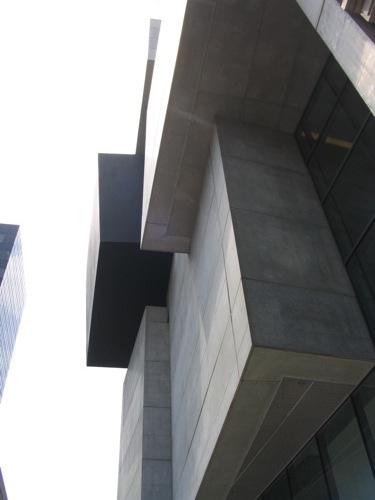Architecture Legend Zaha Hadid Discusses Her Neofuturistic Work

Her body of work is avant-garde and ultramodern, re-conceptualizing the form and functionality of buildings in rapidly developing urban locales all around the world.
Her buildings are stunning, as if they could appear in futuristic sci-fi films.
She won the Pritzker Prize in 2004, which is the most highly regarded award in the world of architecture.
Hadid gave a lecture at USC’s Bovard Auditorium Friday night, which was at full capacity. The lecture was presented by USC Visions and Voices: The Arts and Humanities Initiative and the USC School of Architecture.
READ MORE: Stan Lee 'Marvels' At USC
The architect's various projects involve complex, fluid space. Famous works include the MAXXI Museum in Rome, the London Aquatics Centre for the 2012 Olympic Games and Heydar Aliyev Centre in Baku. These projects were touched upon in her presentation.
The internationally renowned architect discussed her recent work and current research. As she projected early drawings of her works behind her, she talked about the intellectualizing that went into them.
She said most of her great works have been created within the last ten years.
I first heard of Hadid when I learned that she designed the striking Contemporary Arts Center back in my hometown of Cincinnati. Hadid was the first female architect to design a major U.S. museum.

The CAC is one of the buildings she discussed during her lecture.
According to her website, Zaha Hadid Architects, the center is “conceived as a dynamic public space [and an] ‘Urban Carpet’ leads pedestrians into and through the interior space via a gentle slope, which becomes, in turn, wall, ramp, walkway and even an artificial park space.”
This museum was her first U.S. project.
A few of her other notable works include the Bergisel Ski Jump in Austria, Ordrupgaard Museum in Denmark, Bridge Pavillion in Spain and the Guangzhou Opera House in China.
READ MORE: 12 Buildings That Tell The Story Of Downtown L.A.
Hadid was full of humor, making wry remarks throughout. An example is when she recalled the “crazy house” she designed for a Russian man.
“He bought land next to Putin,” she said, as laughter filled the auditorium. “The trees [around the house] are amazing.”
She said that the structure is essentially two houses connected by an elevator.
“He’s very fit and all of his girlfriends are fit,” she joked. “Upstairs is for sleeping and downstairs is… other activities.”
Hadid injected this humor into other aspects of the lecture as she discussed moving away from rigid grids, civic space and civic zones, large building clusters and how most of her work was done through competition rather than commission.
The architect is currently working on the high-speed train station in Naples, the CityLife masterplan and tower in Milan, the Grand Theatre in Rabat and the New National Stadium in Tokyo.
She is also working on big master-planning projects in Beijing, Bilbao, Istanbul and Singapore, according to the Visions and Voices website.
Contact Web Producer Belinda Cai here and follow her on Twitter here.



